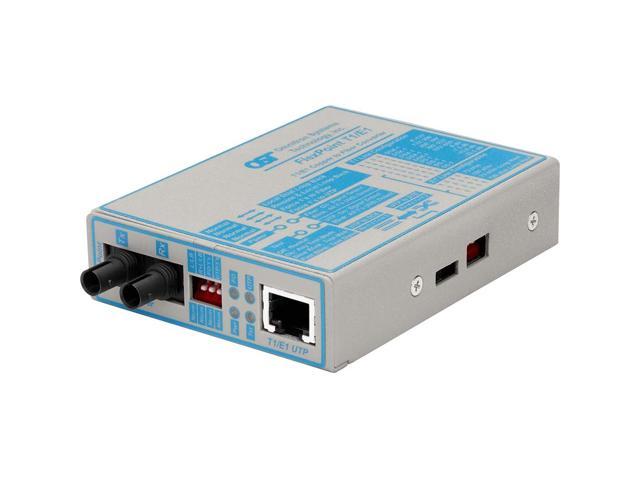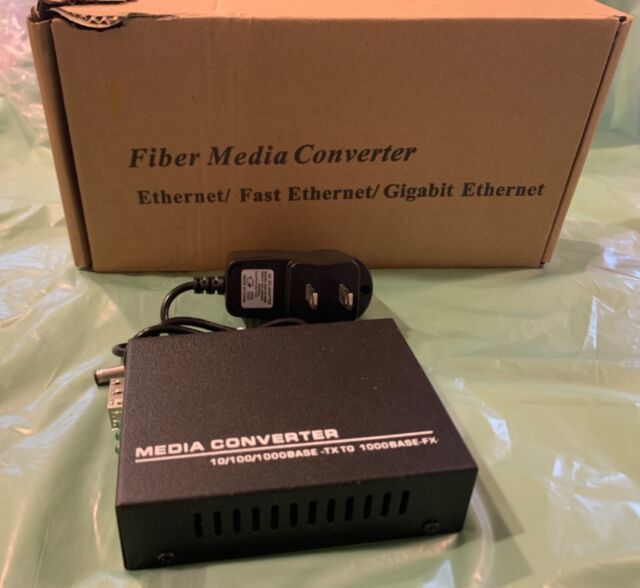

#COPPER TO FIBER MEDIA CONVERTER INSTALL#
Many providers are reluctant to install fiber right into the customer premises due to concerns about installation costs/difficulties (you can't treat fiber the way telco installers treat copper and expect it to work reliablly). How best to provide "fiber" Internet services to homes and small business premises is something of an open question. ISPs may preffer DSL or DOCSIS though because of longer ranges and/or the ability to reuse existing infrastructure. The most obvious to us non-ISP folks being twisted pair Ethernet which commonly delivers gigabit speeds at distances up to 100 meters and can in principle deliver 10Gbps.
#COPPER TO FIBER MEDIA CONVERTER TV#
it could refer to Twisted pair Ethernet, docsis (cable TV coax), various types of DSL, or various legacy telco technologies.īut yes there are plenty of technologies that can deliver 50 megabits per second or more over shortish distances on various types of copper cable. Smaller compact switches offer various interfaces on both RJ45 and fiber, which gives a great overall platform to convert from. Newer media converters are often really just a switch. Media converters may be simple devices, but they come in a dizzying array of types. Applications: Use fiber optic cable to connect to. These are typically labeled transmit (or Tx) and receive (or Rx). Gigabit Ethernet Copper-to-Fiber Media Converter up to 10 km (6.2 mi) using single-mode LC fiber cable. Thus, every fiber run in a system must include two fiber cables, one carrying data in each direction. One important difference to note between Cat5 and fiber is that Cat5 cables and RJ45 jacks are bidirectional while fiber is not.


At the other end of the fiber cable run, a second media converter is used to change the data back to its original format. Media converters may support network speeds from 10 Mbps to 10 Gbps, thus there are Fast Ethernet media converters, Gigabit Ethernet media converters, and 10-Gigabit Ethernet media converters.įiber media converters change the format of an Ethernet-based signal on Cat5 into a format compatible with fiber optic cables. The fiber side usually has a pair of SC/ST connectors or SFP port. On the copper side, most media converters have an RJ-45 connector for 10BASE-T, 100BASE-T, 1000BASE-T and 10GBASE-T connectivity. The most common being UTP to multimode or single mode fiber. The style of connector depends on the selection of media to be converted by the unit. It can be installed almost anywhere in a network. Fiber media converter is a small device with two media-dependent interfaces and a power supply, simply receive data signals from one media, convert and transmit them to another media.


 0 kommentar(er)
0 kommentar(er)
